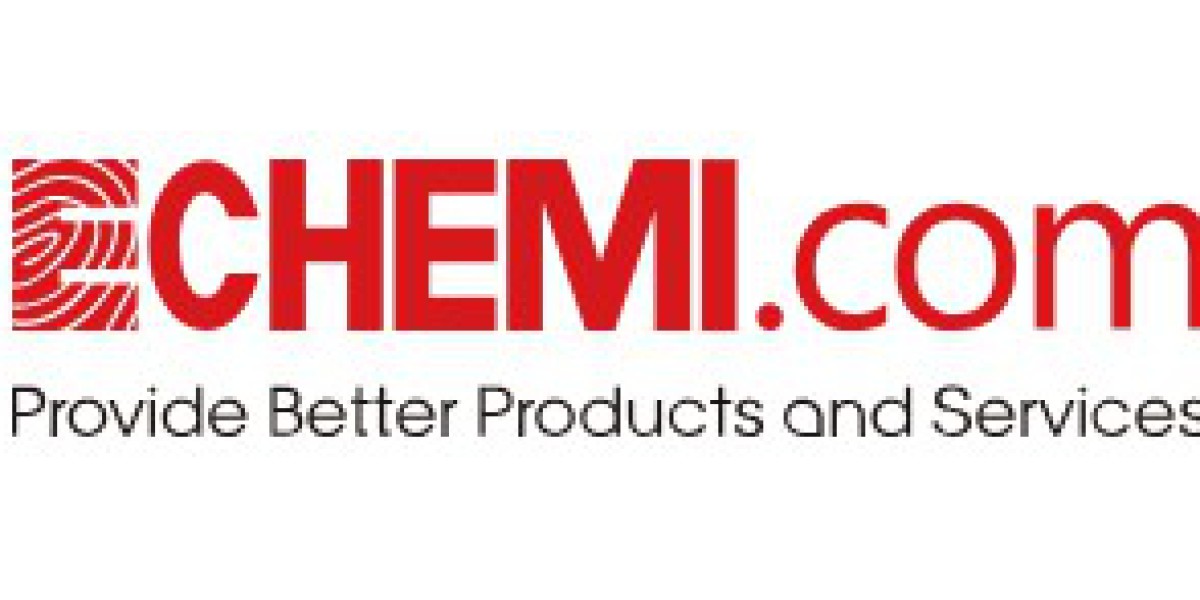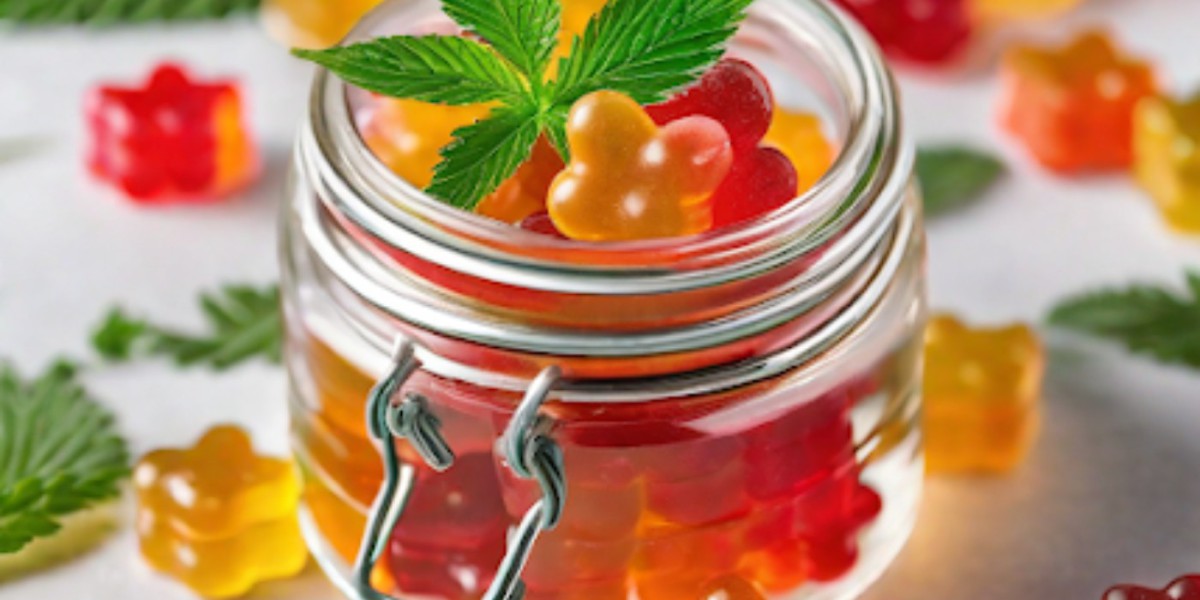Chemical separation and purification methods are essential processes in the chemical industry to isolate and purify desired substances from mixtures. These methods enable the production of high-quality chemicals with specific properties and ensure compliance with industry standards. Let's explore some key chemical separation and purification methods.
Distillation: Distillation is a widely used method for separating liquid mixtures based on differences in boiling points. The mixture is heated, and the components with lower boiling points vaporize first, while the components with higher boiling points remain as liquid. The vapor is then condensed and collected, resulting in the separation of the components.
Crystallization: Crystallization is a technique used to purify solid substances from their solutions. By cooling a hot solution or evaporating the solvent, the solute molecules come together to form crystals, while impurities remain in the solution or separate as amorphous solids. The crystals are then collected, washed, and dried to obtain pure substances.
Extraction: Extraction is a method used to separate a desired substance from a solid or liquid mixture using a solvent. The solvent selectively dissolves the desired component, allowing for its separation from the mixture. Common extraction techniques include liquid-liquid extraction, solid-phase extraction, and supercritical fluid extraction.
Chromatography: Chromatography is a versatile method used for the separation and purification of complex mixtures. It involves the differential migration of components through a stationary phase (solid or liquid) and a mobile phase (liquid or gas). The different components interact differently with the stationary phase, resulting in their separation based on factors such as polarity, size, or affinity.
Filtration: Filtration is a technique used to separate solid particles from liquids or gases. It involves passing the mixture through a porous medium, such as filter paper or a membrane, which selectively retains the solid particles while allowing the liquid or gas to pass through. Filtration can be performed using methods like gravity filtration, vacuum filtration, or centrifugation.
Ion Exchange: Ion exchange is a method used to separate and purify substances based on their ionic properties. It involves exchanging ions between a solid resin or exchange material and a liquid solution. The desired ions are selectively adsorbed onto the solid material, allowing for their separation from the solution.
Electrochemical Methods: Electrochemical methods, such as electrolysis and electroplating, are employed for the separation and purification of metals and other compounds. Electrolysis involves the passage of an electric current through an electrolyte, causing the desired substance to undergo chemical reactions and separate at the electrodes.
Membrane Separation: Membrane separation techniques utilize semi-permeable membranes to selectively separate components based on their size, charge, or other properties. Methods like reverse osmosis, ultrafiltration, and dialysis are commonly used for the separation and purification of liquids and gases.
These are just a few examples of the numerous chemical separation and purification methods employed in the industry. The choice of method depends on the specific properties of the mixture and the desired outcome. Chemical engineers and scientists continually explore and develop innovative techniques to enhance the efficiency, selectivity, and environmental sustainability of separation and purification processes.



